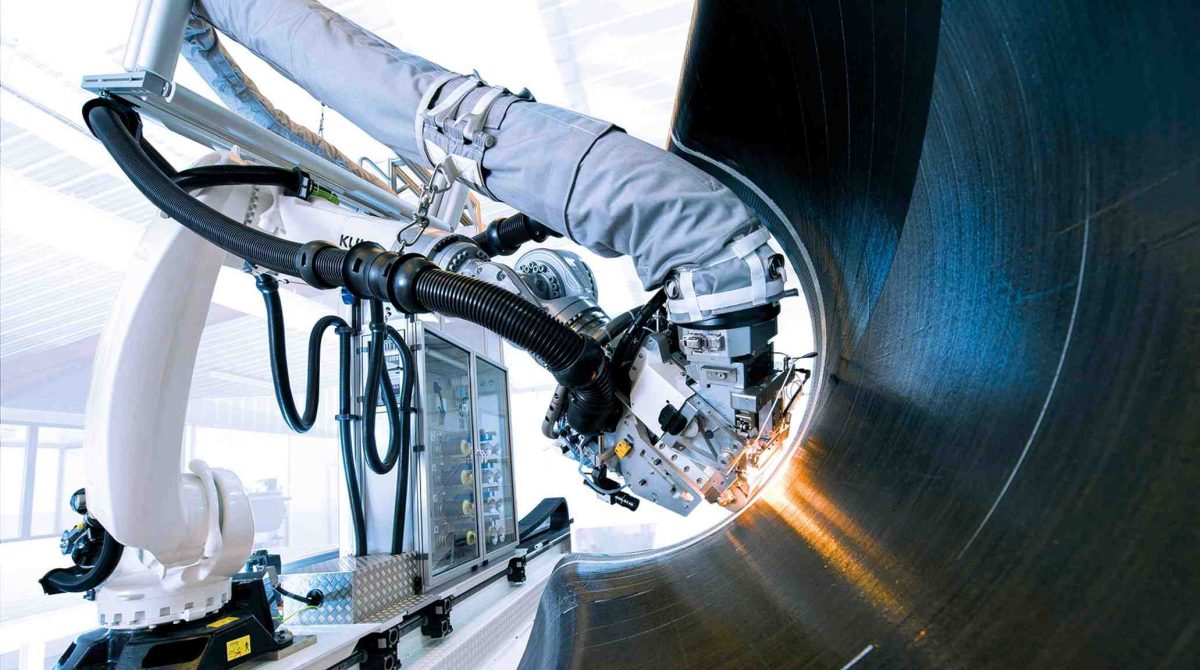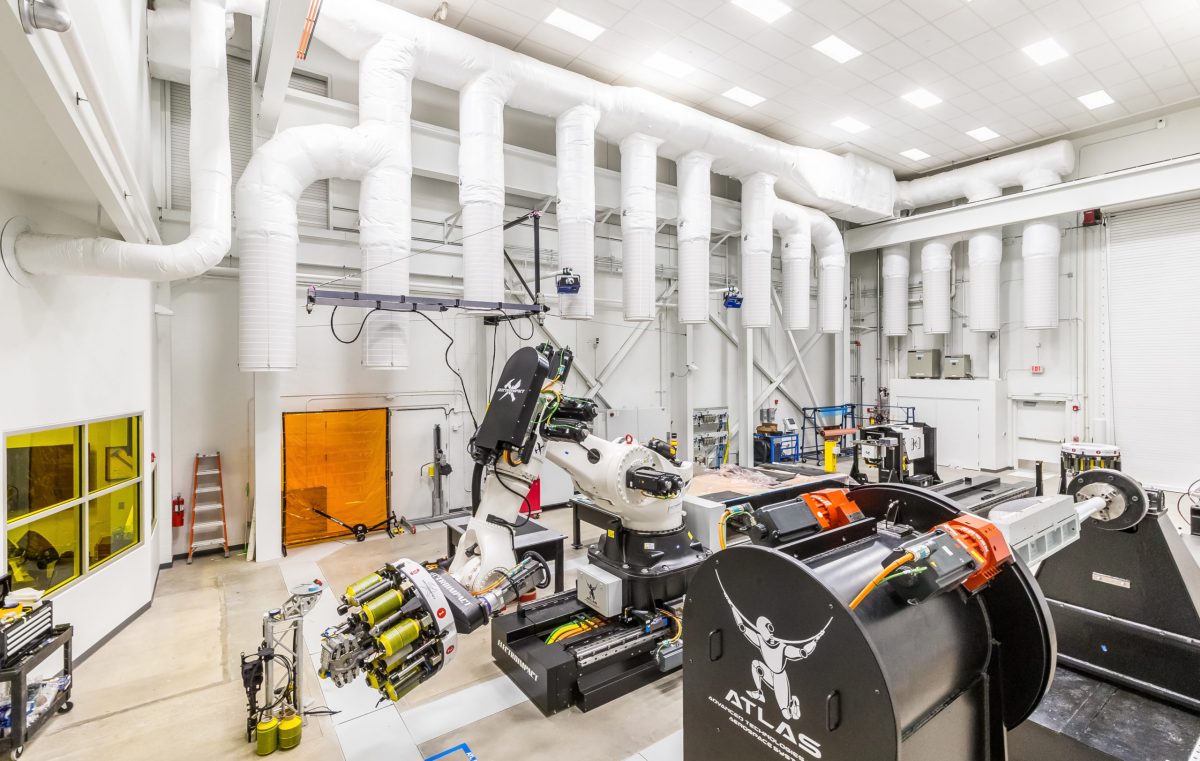
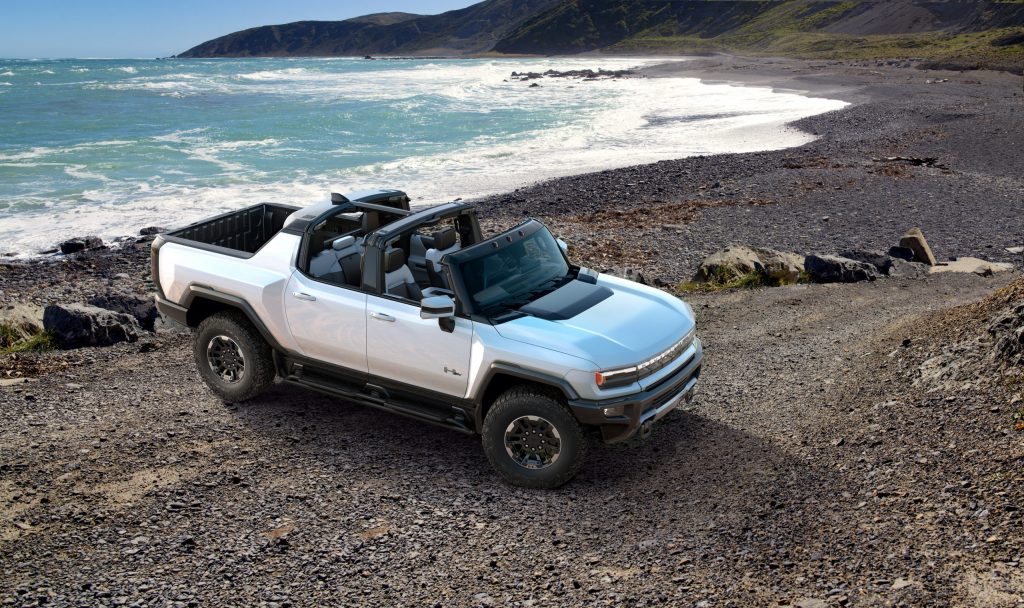
Driven by a Vision
Several years ago, General Motors’ CEO Mary Barra outlined the company’s vision for zero crashes, zero congestion and zero emissions. GM is developing and rolling out various technologies related to autonomous vehicles (AV), electric vehicles (EV), sustainability and more to obtain these ambitious goals.
The company has pledged $27 billion in investments in EV and AV products by 2025, including the GMC Hummer EV and Cadillac CELESTIQ. In January, it unveiled the Ultium hyperscale battery platform that will serve as the foundation for GM’s next-generation EV lineup. Designed for both mass market and high-performance vehicles, the Ultium will allow vehicles to go up to 450 miles on a full charge.
GM also aims to achieve at least 50% sustainable material content in its vehicles by 2030, measured by total vehicle weight. Hitting this target – and the others set forth by GM – requires collaboration among cross-functional teams, including material and product engineering. Composites Manufacturing magazine sat down with Mark Voss, engineering group manager for body structures advanced composites and pickup boxes at GM, to discuss the company’s vision for the future and how composite materials – and companies within the composites industry – can help GM meet its goals.
CM: What are the biggest engineering challenges facing GM today?
Voss: The biggest challenge we have is tied to the leadership vision put in front of us – zero crashes, zero congestion, zero emissions. That really defines our path for the foreseeable future. Obviously, electrification and vehicle autonomy will be a big part of that. So, making vehicles that meet customer expectations, while accomplishing that zero, zero, zero initiative, is hands-down the biggest engineering challenge we face.
CM: Meeting all three goals sounds arduous. You may find solutions for each one separately, but then how do each of those individual solutions impact the others?
Voss: It is difficult. And again, we can’t just meet our own objectives. It’s got to be an integrated solution that the customer is willing to spend money on, while simultaneously being profitable for the company. But our engineers are up for the challenge: Without that vision guiding us, we would be doing the same thing over and over. So, we’re lucky to have that vision and shift the industry in that direction, too.
CM: What can companies in the composites industry do to better position themselves as partners with GM and meet that triad of goals you talked about?
Voss: GM is material agnostic. We are looking for materials that best meet our goals. Those could be for a customer-facing technology, such as the CarbonPro™ pickup beds or the exterior body panels of the Corvette Stingray. These lightweight composite components offer a unique solution set that takes the customer experience to another level.
The materials may also help with vehicle integration. I’ll cite crash energy management as an example. Electric vehicles reduce emissions, but we still have to meet legal criteria and provide the occupant safe space within the vehicles. So, energy absorption is critical. Composites have a unique advantage related to their mass and energy absorption per kilogram characteristics compared to other materials.
Overall, we are trying to emphasize to our partners the importance of really understanding what their materials do uniquely in the automotive space and then anticipating the challenges that GM has in implementing those materials within our vehicles and systems. Picture a new composite widget: I have to assemble it in our assembly plants, integrate it into our body shops, paint it through our paint shops and install it in our general assembly shops. It still has to meet our business targets and be manufacturable at a certain units per hour basis. Answering those questions up front – and being prepared to explain these new materials and apply them in a way that addresses all these concerns – makes our task of implementing technologies much easier.
CM: That’s a valuable message to our readers. Lots of companies are enamored with the cool thing they can make combining this resin and that reinforcement. The solution may be innovative, but is it usable?
Voss: That’s exactly it. We see all these unique opportunities, but it’s not practical to explore them as deeply as is necessary to implement them on our vehicles. There’s just not enough people and money to do it. If a material supplier has a unique material, they should work with a molder and a Tier 1 company to gain a solid understanding of what it takes to actually make a part.
CM: GM says that it’s looking for out-of-the-box thinking. Can you provide some specific examples and areas of focus where the company seeks innovative solutions?
Voss: There isn’t just one area because we don’t want to limit the ideas. Let’s use the Corvette Stingray as an example. The ultra-lightweight GFRP “float” materials and how we used them in the frunk [front hood] and other areas of the vehicle all derive from an innovative idea that a supplier had. We are looking for everything – creative material solutions, process solutions, integration solutions.
Everything has shifted significantly by the zero, zero, zero initiative. Things like energy absorption, part integration and packaging a large battery system into the vehicle are so important. The value stream isn’t fully vetted yet, so there are opportunities in those areas to change the equations in ways we haven’t seen yet.
CM: What can you share about new innovations on the horizon at GM?
Voss: There’s a lot of excitement on the horizon. I can’t share specific innovations, but you can look at recent examples to gain insight on what we’re trying to do from a vehicle perspective.
Look at the Hummer EV, the first all-electric supertruck, or the architecture change in the Stingray with its mid-engine design and innovative use of composites. The zero, zero, zero initiative has spawned new and creative ideas in how we execute the vehicle and how customers interface with the vehicle. It’s all changing.
CM: How will GM’s strategy to sell only zero emissions vehicle by 2035 impact the design and engineering requirements for future vehicles?
Voss: The high-level goal is to give the customer the same experience, whether it’s an electric or conventional power train vehicle. You want the electric vehicles to be transparent to the consumer from a range perspective, usability perspective and safety perspective.
The main challenge with electrification is it requires a big battery. You’ve got this huge assembly that now needs to be packaged into the vehicle. You need to engineer the vehicle so it’s safe in an impact or crash scenario, but also design it so the consumer’s feet are comfortable on the floor and the seating position is comfortable. You’ve got to take advantage of spaces like the frunk. From a vehicle integration perspective, we now have these new features that we can engineer. Part integration and mass present opportunities where composites can really come into play.
Now, take everything I just walked through and optimize it so it meets our business targets. That’s the challenge for material systems, and that’s how it impacts us in the design and engineering community on a daily basis.
CM: Given GM’s goal to achieve at least 50% sustainable material content by 2030, what are the key criteria to be used to evaluate the sustainability of materials?
Voss: We define sustainability as reducing dependence on nonrenewable resources or minimizing disruption to the environment or key natural resources. The CarbonPro includes two parts – front stack pocket reinforcements – that are made 100% from recycled thermoplastic materials. We engineered the product to take advantage of that material system and to incorporate recycled materials directly into the product. Recyclable materials could be from end-of-life or from the manufacturing process. There is a direct way we can reuse materials and make them renewable in the product cycle.
Aluminum and steel represent the Holy Grail: They are recyclable and have an infrastructure in place to reclaim those materials from vehicles. Those are the steps that composites need to take.
CM: How does the zero emissions goal and the need to increase sustainable content translate into the selection of materials for future vehicles?
Voss: It’s another aspect of the decision matrix, which includes everything from the strength of the material to how you form it and its thermal properties and cost. Obviously, based on our vision statement, it’s a priority. I can’t talk about how we internally balance different parts of the matrix, but it’s definitely a focus point as we move forward.
CM: Is there anything else you think companies in the composites industry should know about GM and its strategic goals for the future?
Voss: Think back five or 10 years ago. Vehicles were constructed in the same way, at a high level, as they had been for the past 80 years. It’s only been within the past decade that the industry has shifted. And as it shifts, that presents opportunities.
Vehicles are put together in new ways. We are using new materials, new parts and components and new assembly strategies. For companies that do their work and understand their materials and the advantages they bring, there is more opportunity than ever for them to apply the materials on vehicles. I’d encourage companies to reach out to engineering here at GM and explore those opportunities.
Susan Keen Flynn is managing editor of Composites Manufacturing magazine. Email comments to sflynn@keenconcepts.net.
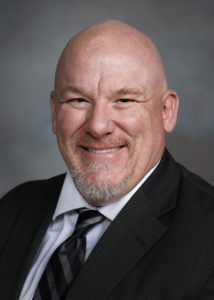
Photo Credit: General Motors Company
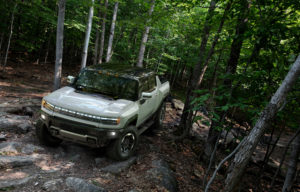
Photo Credit: General Motors Company
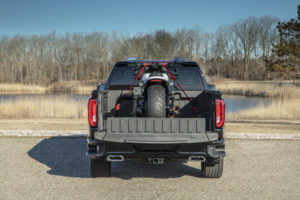
Photo Credit: General Motors Company

SUBSCRIBE TO CM MAGAZINE
Composites Manufacturing Magazine is the official publication of the American Composites Manufacturers Association. Subscribe to get a free annual subscription to Composites Manufacturing Magazine and receive composites industry insights you can’t get anywhere else.




